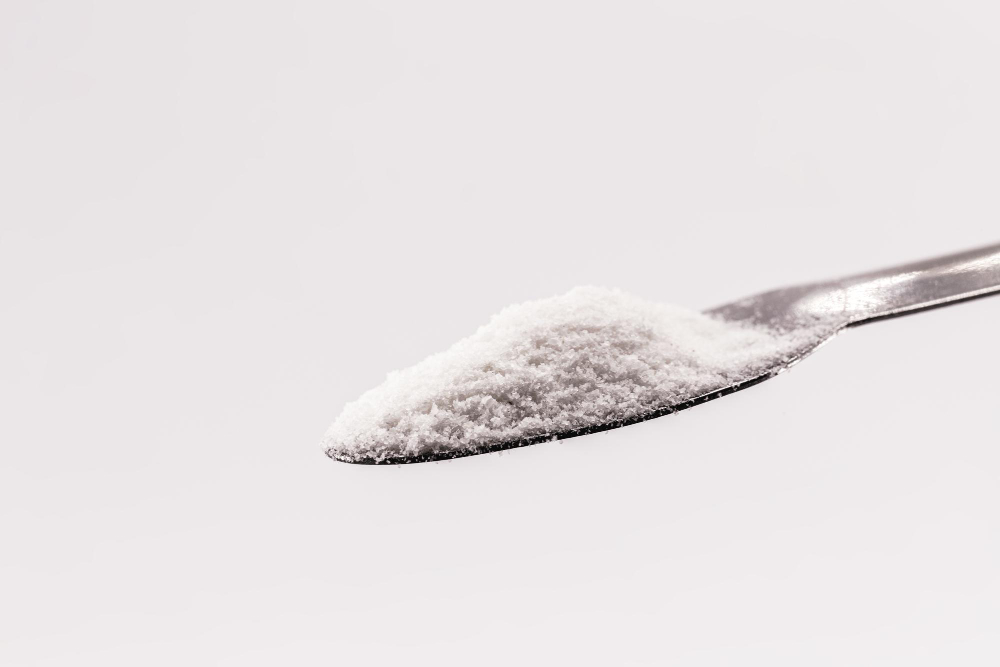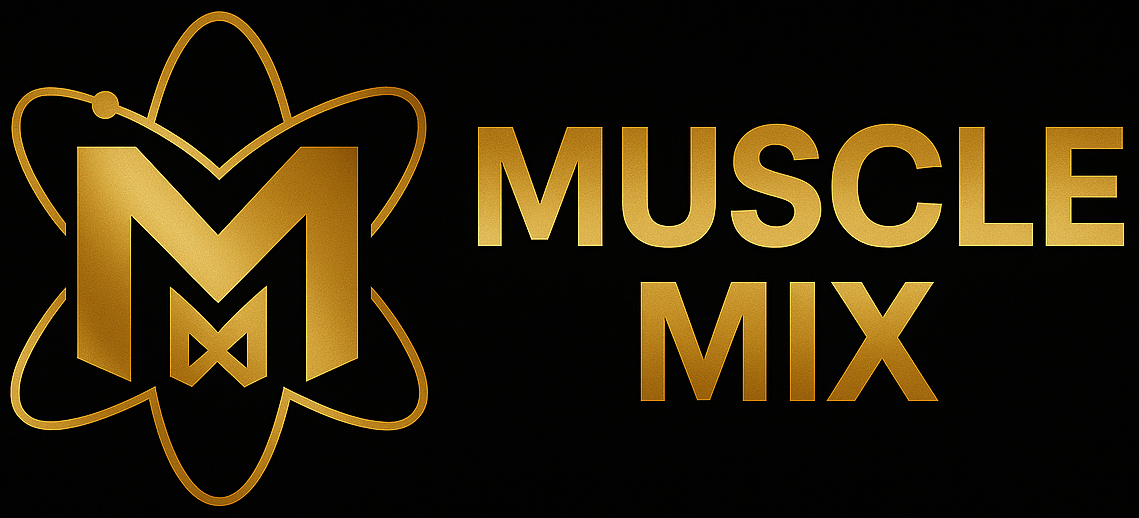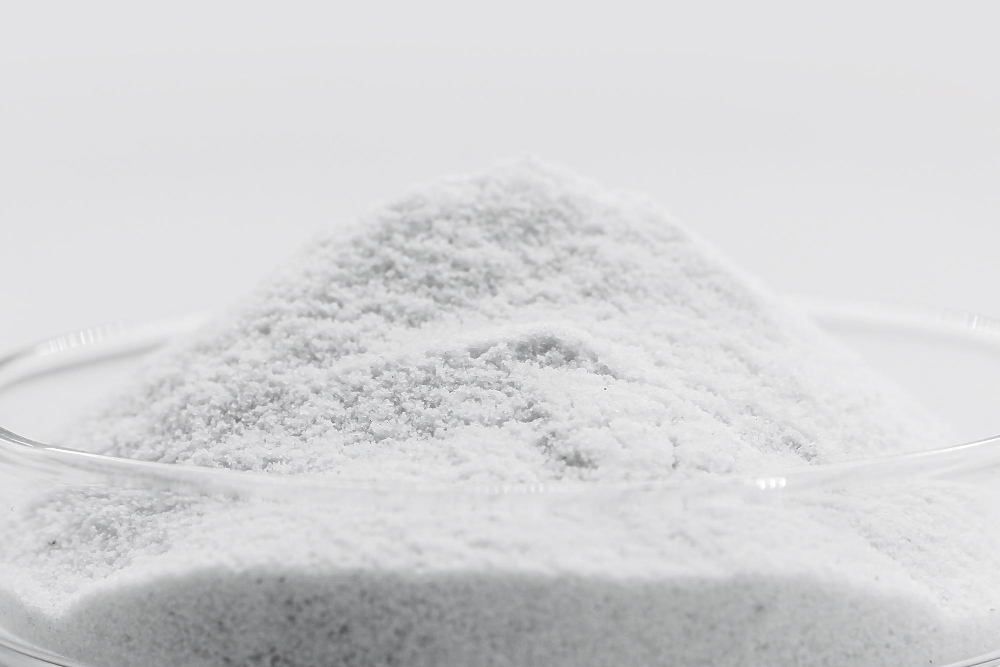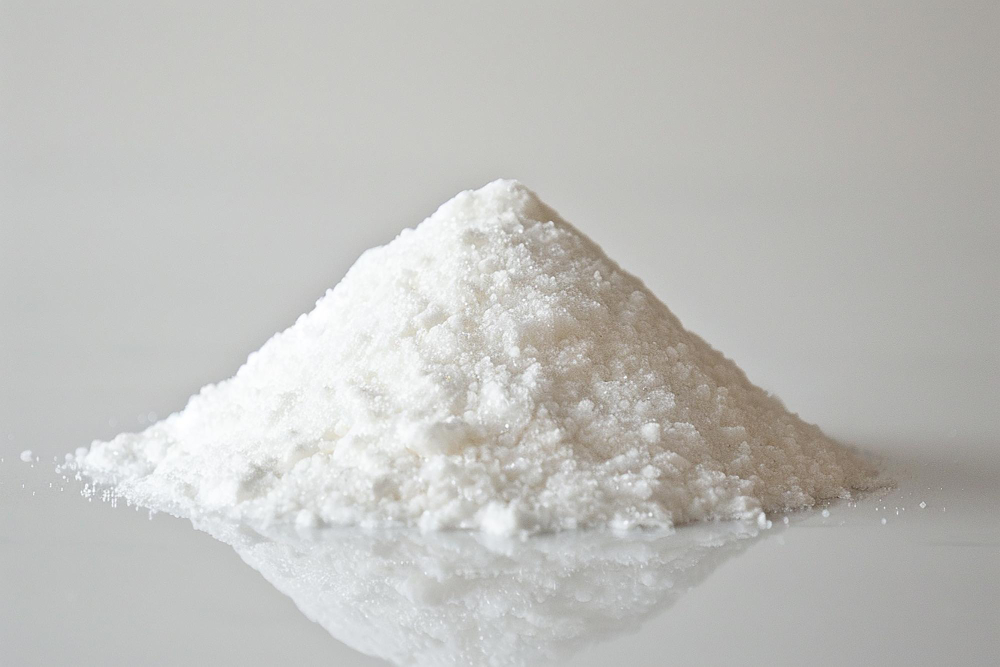
Beta Alanine for Athletes Improving Endurance and Performance
Introduction
Beta-alanine is a non-essential amino acid that has gained strong support in the sports nutrition world for its ability to enhance high-intensity performance. Unlike amino acids that directly contribute to protein synthesis, beta-alanine’s value lies in its role as the rate-limiting precursor to carnosine, a dipeptide stored in skeletal muscle. Carnosine acts as an intramuscular buffer, delaying the onset of fatigue during exercise by regulating acidity (pH) inside working muscles. This makes beta-alanine particularly relevant for athletes engaged in repeated high-intensity bouts, sprinting, resistance training, and combat sports.
Mechanisms of Action
- Carnosine Synthesis
- Beta-alanine combines with histidine in muscle cells to form carnosine.
- Muscle carnosine concentrations can increase by 40–80% after 4–10 weeks of beta-alanine supplementation.
- Elevated carnosine enhances the muscle’s ability to buffer hydrogen ions (H+), delaying acidosis and fatigue.
- Acid-Base Balance
- During high-intensity exercise, hydrogen ion accumulation lowers pH, contributing to the burning sensation and loss of muscle power.
- By buffering these ions, carnosine helps sustain muscle contraction longer.
- Synergistic Effects
- Beta-alanine is often stacked with creatine, as creatine aids in ATP resynthesis while beta-alanine delays fatigue—supporting both short explosive efforts and repeated high-intensity bouts.
Research on High-Intensity Performance
- A 2012 meta-analysis in Amino Acids found that beta-alanine supplementation significantly improved exercise capacity in activities lasting 60–240 seconds, such as 400–1500 m sprints or rowing intervals.
- A 2019 study in Nutrients confirmed benefits for repeated sprint performance and high-intensity intermittent exercise, common in team sports.
- Beta-alanine appears less effective for single maximal efforts (like a one-rep max) but more impactful for performance requiring sustained or repeated high-power output.
Research on Endurance and Aerobic Exercise
- Beta-alanine may have secondary benefits for endurance athletes by delaying fatigue during high-intensity bursts (sprinting, hill climbs, finishing kicks).
- However, its primary value is in anaerobic and glycolytic performance windows rather than prolonged steady-state endurance.
Recovery and Adaptations
- By enabling higher training volumes, beta-alanine may indirectly contribute to long-term adaptations in strength and muscle hypertrophy.
- Some studies suggest reduced perceived exertion and improved tolerance for interval-based training.
- Recovery markers such as delayed-onset muscle soreness (DOMS) are not significantly altered, but overall workload capacity may be increased.
Dosage and Timing
- Standard dose: 4–6 g per day, divided into smaller doses (e.g., 2 g twice daily) to minimize side effects.
- Loading phase: Benefits come after consistent use for 4–10 weeks as muscle carnosine accumulates.
- Timing: Unlike caffeine, beta-alanine is not acutely effective. Daily intake matters more than pre-workout timing.
Side Effects and Safety
- The most common side effect is paresthesia (a tingling or prickling sensation), typically harmless and reduced by splitting doses or using sustained-release formulas.
- Long-term studies up to 24 weeks show beta-alanine is safe, with no adverse effects on health markers.
Conclusion
Beta-alanine is one of the most evidence-based supplements for improving high-intensity performance by increasing intramuscular carnosine levels. Its primary benefits lie in buffering fatigue during repeated sprints, resistance training, or any effort lasting 1–4 minutes. While it does not directly enhance endurance or maximal strength, it enables athletes to train harder for longer, indirectly supporting greater adaptations. For athletes seeking performance gains in glycolytic sports or high-volume training, beta-alanine is a well-researched and safe option.
Sources
- Hobson, R. M., Saunders, B., Ball, G., Harris, R. C., & Sale, C. “Effects of β-Alanine Supplementation on Exercise Performance: A Meta-Analysis.” Amino Acids, vol. 43, no. 1, 2012, pp. 25–37. doi:10.1007/s00726-011-1200-z.
- Saunders, B., Elliott-Sale, K., Artioli, G. G., Swinton, P. A., Dolan, E., Roschel, H., Sale, C., & Gualano, B. “β-Alanine Supplementation to Improve Exercise Capacity and Performance: A Systematic Review and Meta-Analysis.” British Journal of Sports Medicine, vol. 51, no. 8, 2017, pp. 658–669. doi:10.1136/bjsports-2016-096396.
- Blancquaert, L., Everaert, I., & Derave, W. “Beta-Alanine Supplementation, Muscle Carnosine and Exercise Performance.” Current Opinion in Clinical Nutrition & Metabolic Care, vol. 18, no. 1, 2015, pp. 63–70. doi:10.1097/MCO.0000000000000127.
- Rezende, N. S., Swinton, P., De Oliveira, L. F., Da Silva, R. P., da Eira Silva, V., Balvedi, M. C. W., ... & Saunders, B. “The Effects of β-Alanine Supplementation on Performance in Individuals Undertaking High-Intensity Intermittent Exercise.” Nutrients, vol. 11, no. 2, 2019, p. 480. doi:10.3390/nu11020480.
- Derave, W., Ozdemir, M. S., Harris, R. C., Pottier, A., Reyngoudt, H., Koppo, K., Wise, J. A., & Achten, E. “β-Alanine Supplementation Augments Muscle Carnosine Content and Attenuates Fatigue during Repeated Isometric Contraction Bouts in Trained Sprinters.” Journal of Applied Physiology, vol. 103, no. 5, 2007, pp. 1736–1743. doi:10.1152/japplphysiol.00397.2007.

.svg)




